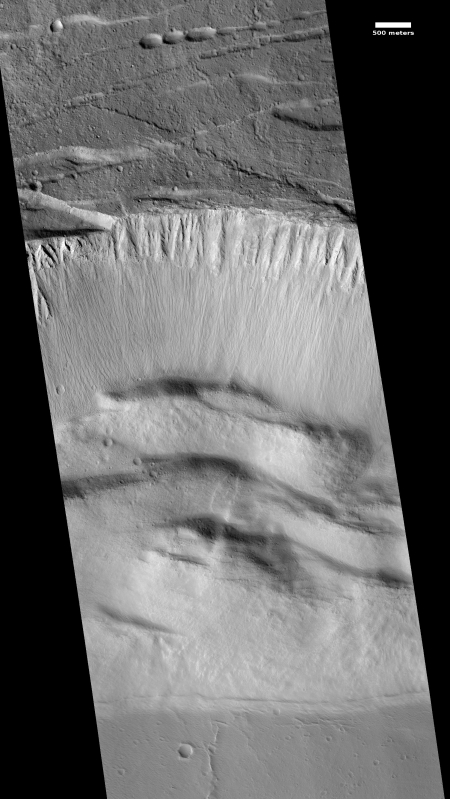Planetary Resources bought by blockchain company
Capitalism in space: The so-called asteroid mining company Planetary Resources has now been bought by computer blockchain company.
Planetary Resources said in a statement that it was acquired by ConsenSys, Inc. in an “asset-purchase transaction.” The companies did not disclose specific terms of the agreement. Chris Lewicki, the president and chief executive of Planetary Resources, and Brian Israel, the company’s general counsel, will join ConsenSys as part of the deal.
ConsenSys describes itself as a “blockchain venture production studio focused on building and scaling tools, disruptive startups, and enterprise software products powered by decentralized technology, specifically Ethereum.” Ethereum itself is a decentralized computing platform best known for supporting a cryptocurrency called Ether similar to the better-known bitcoin.
Don’t ask me how ConsenSys makes its money. I haven’t the faintest. I also haven’t the slightest idea what they intend to do with Planetary Resources. I can say without doubt that it won’t be asteroid mining.
Capitalism in space: The so-called asteroid mining company Planetary Resources has now been bought by computer blockchain company.
Planetary Resources said in a statement that it was acquired by ConsenSys, Inc. in an “asset-purchase transaction.” The companies did not disclose specific terms of the agreement. Chris Lewicki, the president and chief executive of Planetary Resources, and Brian Israel, the company’s general counsel, will join ConsenSys as part of the deal.
ConsenSys describes itself as a “blockchain venture production studio focused on building and scaling tools, disruptive startups, and enterprise software products powered by decentralized technology, specifically Ethereum.” Ethereum itself is a decentralized computing platform best known for supporting a cryptocurrency called Ether similar to the better-known bitcoin.
Don’t ask me how ConsenSys makes its money. I haven’t the faintest. I also haven’t the slightest idea what they intend to do with Planetary Resources. I can say without doubt that it won’t be asteroid mining.


